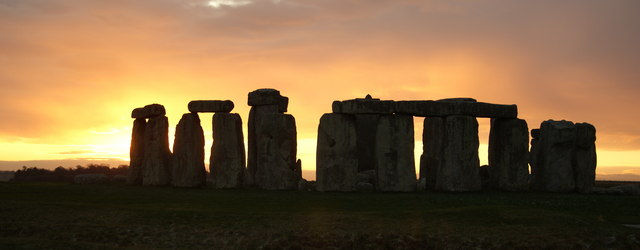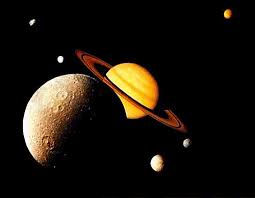Even the Darkest Night Awakens in Sunshine
- Debbie

- Dec 21, 2020
- 3 min read
Updated: Feb 8, 2022
The Once in a Lifetime Winter Solstice

We would be forgiven for thinking that every day this year has merged into the next with not much definition or structure in place and seemingly not much to look forward to, especially for the many of us who have now been placed into Tier 4 and will not be meeting up with loved ones for Christmas.
It has never been more important to look for the little things in life that we can celebrate to bring an element of excitement into the new 'norm' that every one of us is faced with.
Today, we not only celebrate The Winter Solstice, the shortest day and the longest night of the year, but also the alignment of two of our great planets, Jupiter and Saturn. The last time the planets were this close was back in the Middle Ages, so this truly is a once in a lifetime experience.
Winter Solstice
Although the Winter Solstice marks the first day of winter on the astrological calendar, it also signifies the end of those long drawn out nights. Tomorrow we can look forward to the beginning of the lengthening of days, leading right up to the Summer Solstice in June and hopefully a much healthier and happier World.
The Winter Solstice occurs when the Earth's Northern Axis is tilted furthest away from the sun. Owing to the Sun appearing to stand still in the sky when it reaches the Tropic of Capricorn, the word solstitium was used which in turn is composed of the words sol (meaning 'sun') and sistere (meaning to stand still).
Fire and light are traditional symbols of celebrations held on the darkest day of the year so why not light a candle this evening and celebrate this extra special time of the year.
The Christmas Star

This year's Winter Solstice will bring a rare sight to our night skies, just in time for Christmas. Jupiter & Saturn will be closer to each other today than they have been since the Middle Ages. If you gaze into the southwestern horizon just before 6.30pm this evening the two giants will look like neighbouring points of light.
They will appear to be almost a "double planet," said Rice University astronomer Patrick Hartigan. “Alignments between these two planets are rather rare, occurring once every 20 years or so, but this conjunction is exceptionally rare because of how close the planets will appear to one another,” Hartigan said. “You’d have to go all the way back to just before dawn on March 4, 1226, to see a closer alignment between these objects visible in the night sky.”

Could this phenomena be what led to The Star of Bethlehem? Some astronomers and theologians think so.
Professor Eric Vanden Eykel, a professor of religion from Ferrum College in Virginia, commented that the timing has led to a lot of speculation "about whether this could be the same astronomical event that the Bible reports led the wise men to Joseph, Mary and the newly born Jesus".
That is not just modern, festive speculation. The theory that the conjunction of Jupiter and Saturn might be the "Star of Wonder" was proposed in the early 17th Century by Johannes Kepler, a German astronomer and mathematician.
"Two thousand years ago, people were a lot more aware of what was happening in the night sky," said Dr Crawford, "so it's not impossible that the Star of Bethlehem was a planetary alignment like this".
Interesting Titbits
The Winter Solstice has been celebrated by humans as far back as the Neolithic age beginnng about 10,200BC (towards the end of the Stone Age).
Stonehenge, which is oriented toward the winter solstice sunset, would have been a sacred place for December rituals for Stone Age people.
Neolithic monuments, such as Newrange in Ireland and Maeshowe in Scotland, are aligned with sunrise on the Winter Solstice. Some archaeologists have theorised that these tomb-like structures served a religious purpose in which Stone Age people held rituals to capture the sun on the year’s shortest day.
Remember Yuletide? Well the ancient Norsemen of Scandinavia celebrated Yule from the Winter Solstice through January. Fathers and sons would bring home large logs in recognition of the return of the sun, which became known as Yule logs. They would set one end of these logs on fire and the people would feast until the log burned out, which could take as long as 12 days.
The Winter Solstice is celebrated around the world in so many different ways. If you want to read more please click on this link https://www.history.com/topics/natural-disasters-and-environment/winter-solstice
Please continue to look for those small moments to treasure and enjoy in your daily life. They are there, I promise, you just have to look very carefully.
Wishing everyone a safe and joyous Christmas and a bright and optimistic New Year.
Debbie xxx








Comments